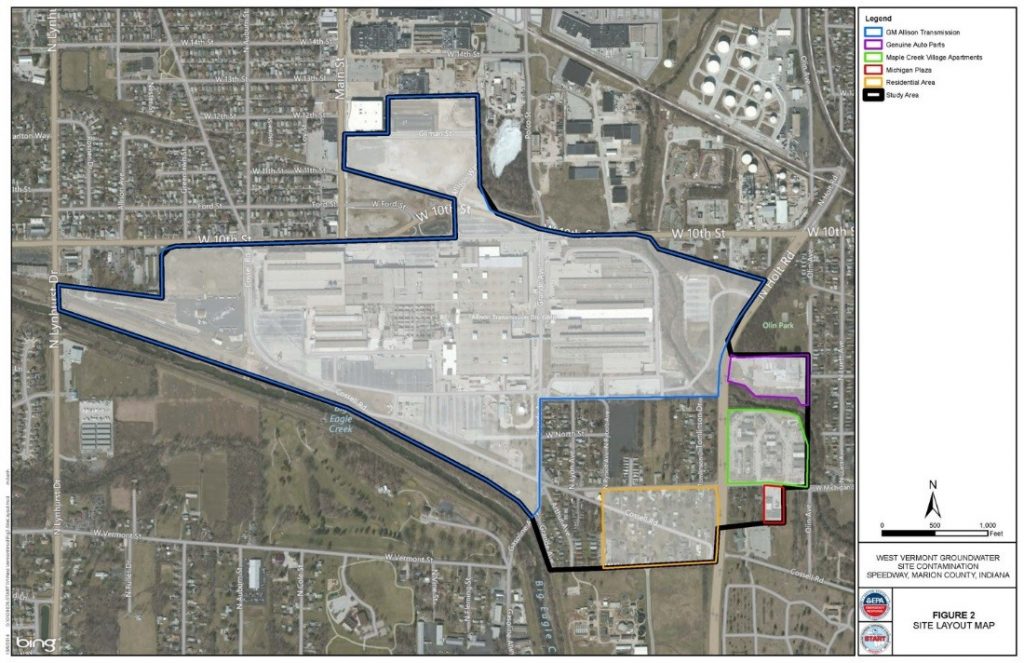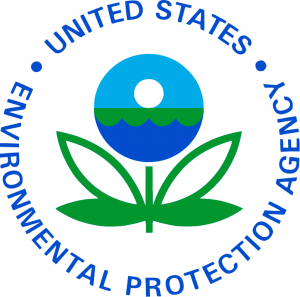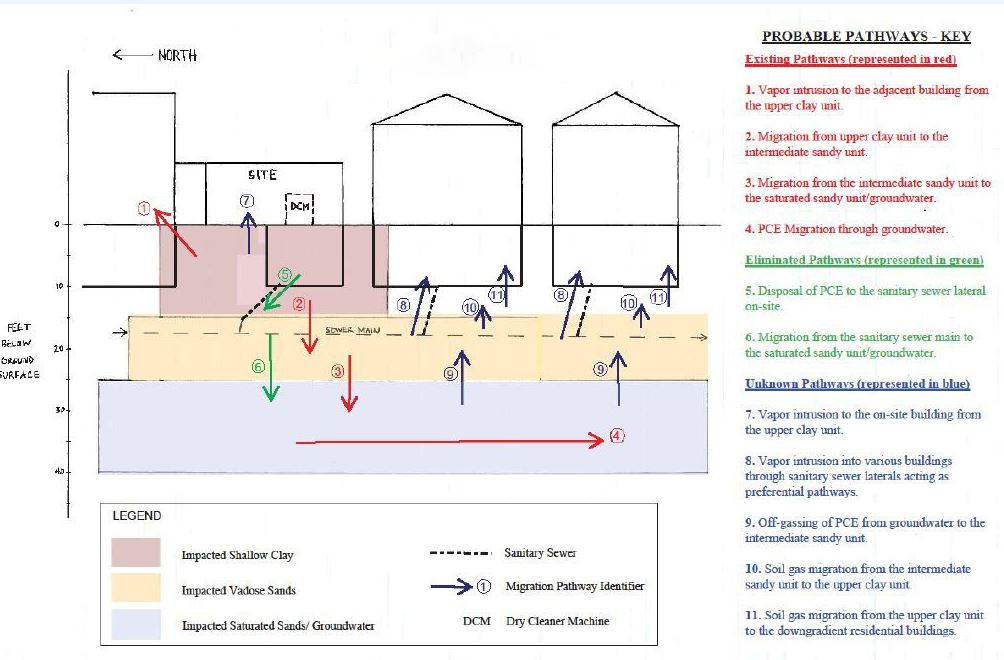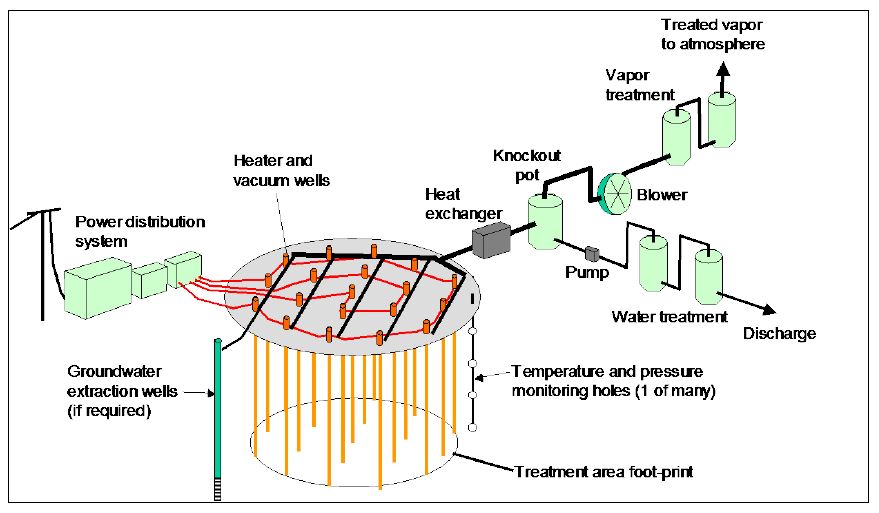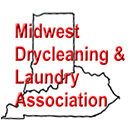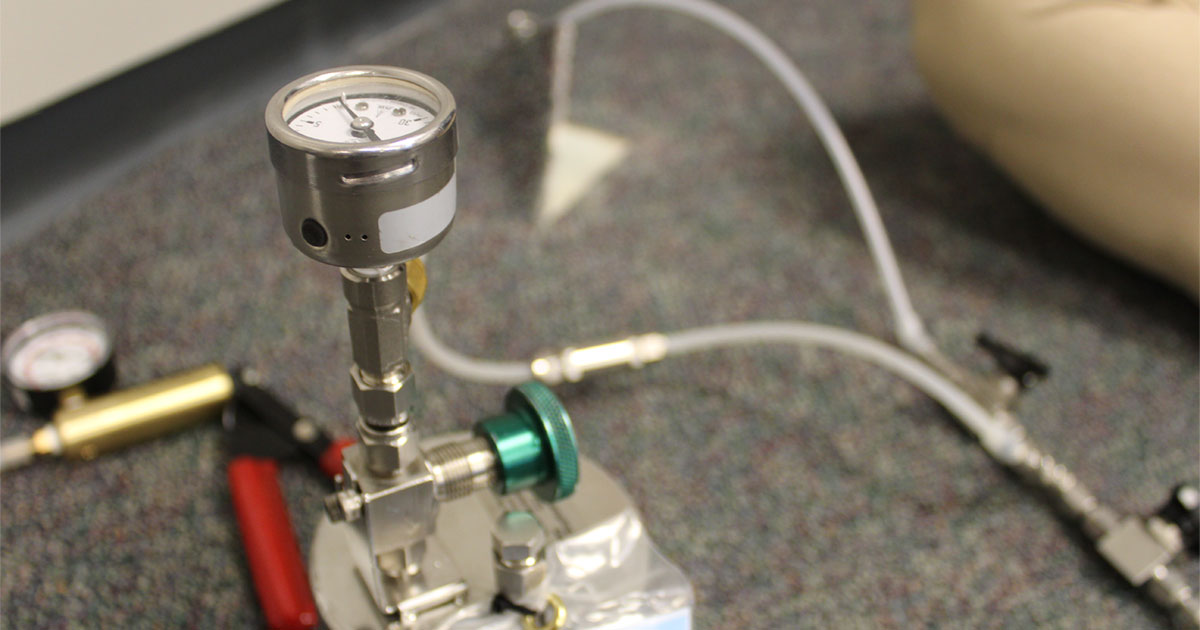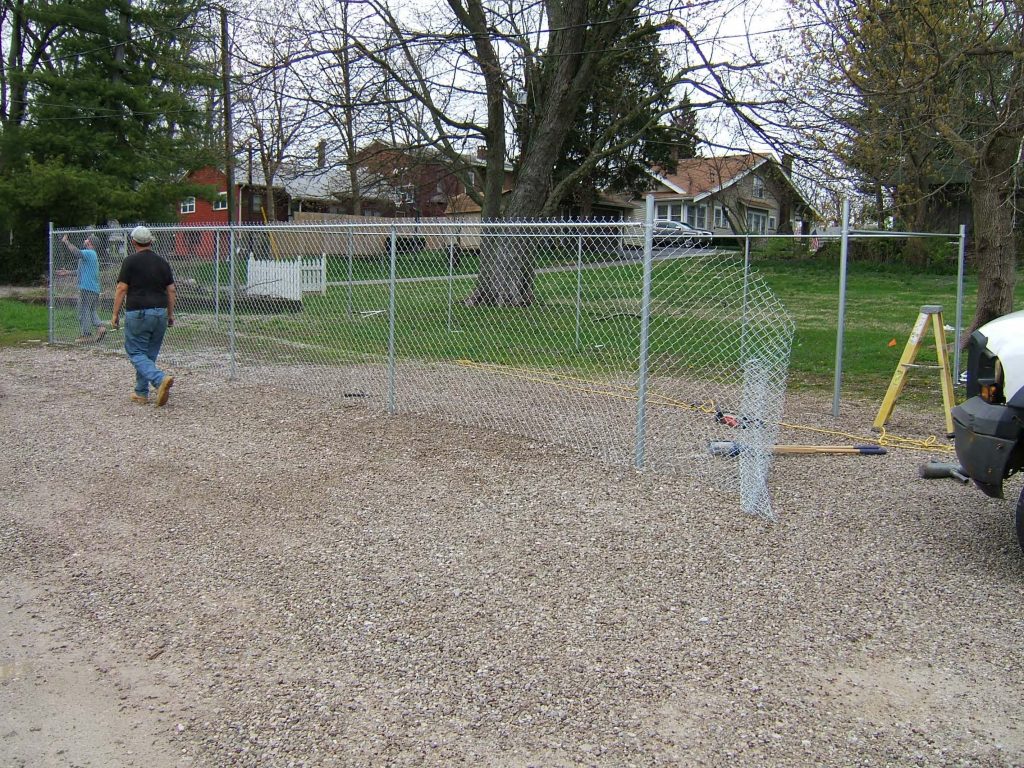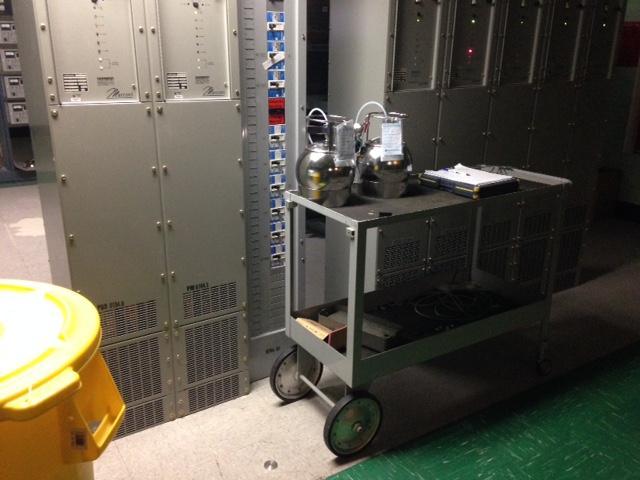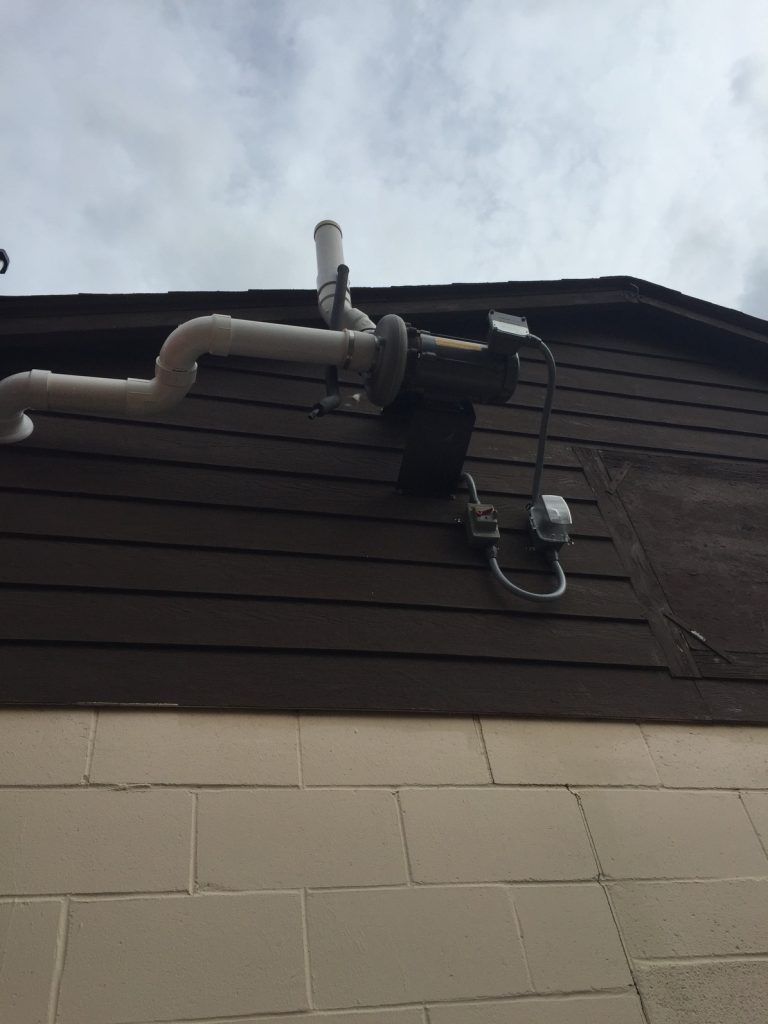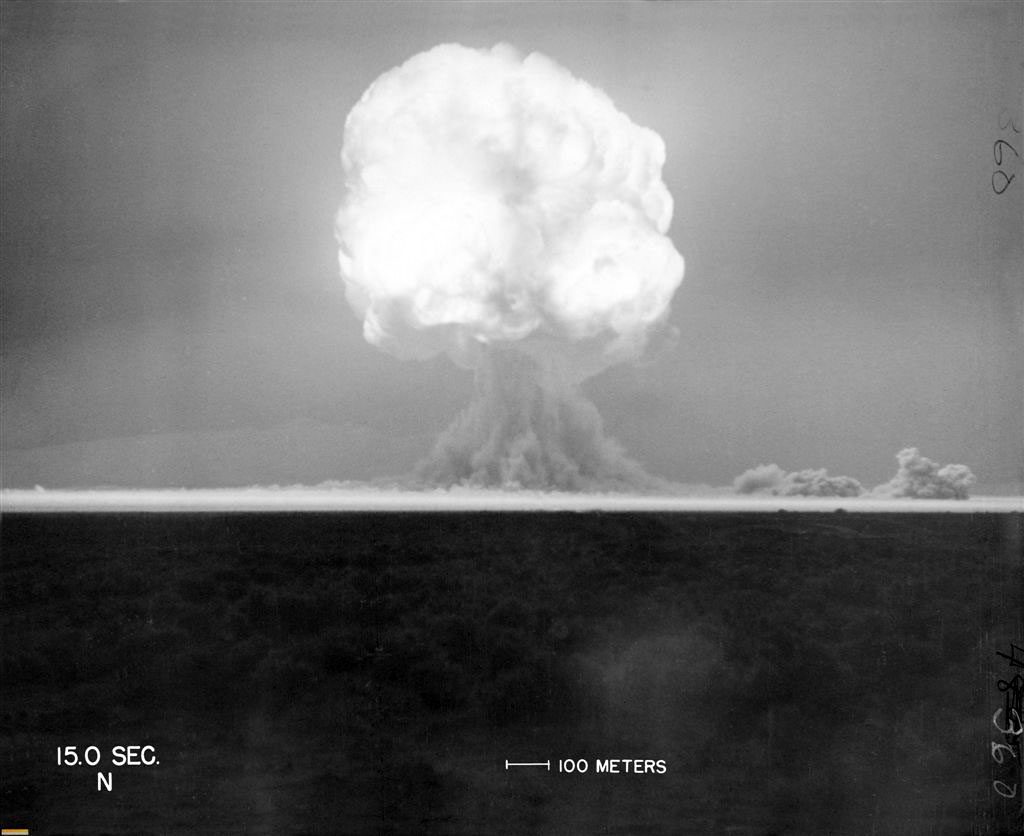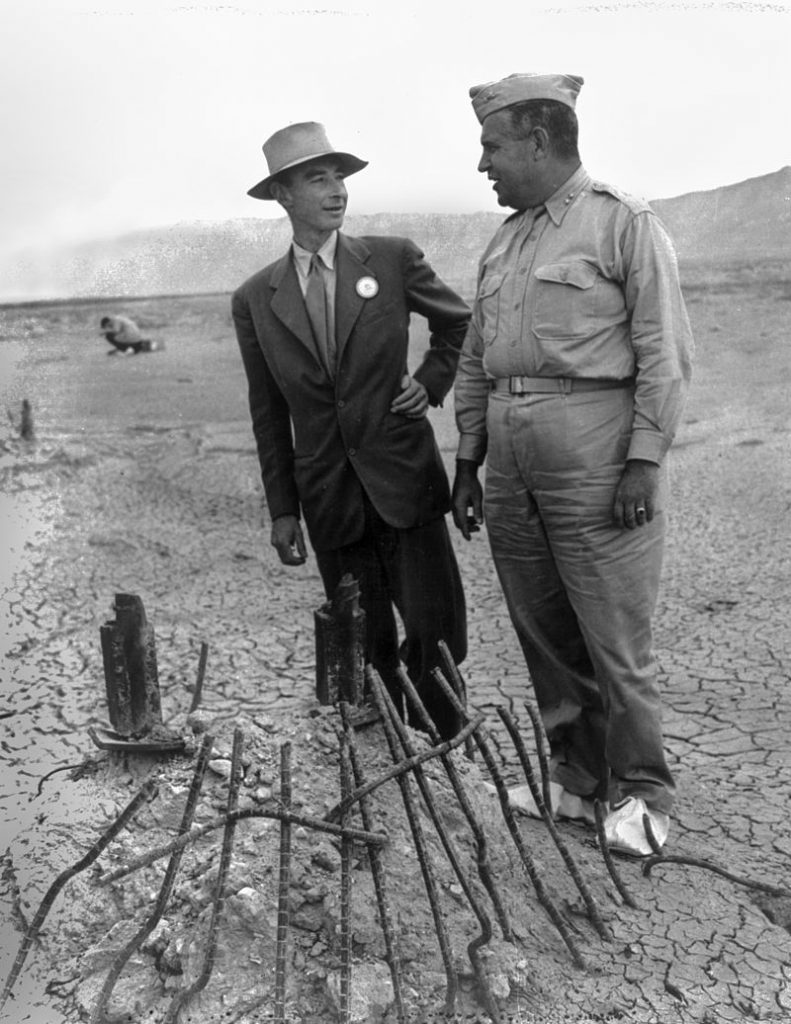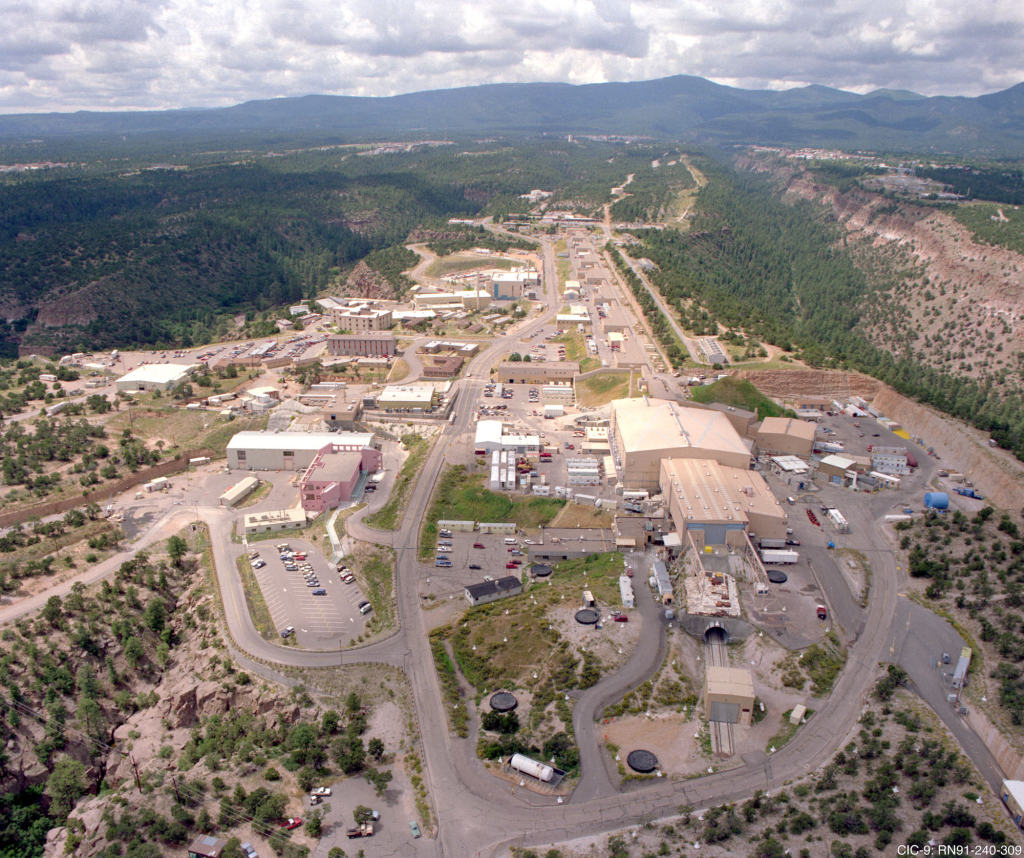Reproduced with permission from Daily Report for Executives, 153 DER (Aug. 9, 2016). Copyright 2016 by The Bureau of National Affairs, Inc. (800-372-1033) <http://www.bna.com>
Public and regulatory concerns are steadily rising over the risk of health detriments linked to vapor intrusion that seeps into the floors of buildings.
The Environmental Protection Agency continues to warn short-term exposure to trichloroethylene (TCE), a degreaser and primary contaminant spread through vapor intrusion, among pregnant mothers may cause fetal cardiac defects.
And the agency is moving forward with nearly surefire finalization of a rule to add vapor intrusion, the process of volatile compounds migrating through sub-surface groundwater or soil to air in above-ground structures, to the Superfund Hazard Ranking System.
But high-tech developers and vendors are struggling to overcome hurdles in vapor intrusion sensor development, leaving potentially affected communities in the lurch with unreliable or inaccessible data.
Mobile technology isn’t yet sophisticated enough to detect contaminants at necessary precision, even with the historical help of some government agencies, according to recent Bloomberg BNA interviews with consultants and advocates.
That’s leaving vapor intrusion assessment at a deficit. Sensor technology is advancing at breakneck speed in other regulatory areas prone to hazard, such as occupational safety and health and climate change.
Need for Improvement
The EPA nationwide and private industry rely on largely passive sampling of air, groundwater, soil and sub-slabs to model the likely threat posed by a vapor intrusion pathway, the agency says.
That approach traditionally involves canister sampling with gas chromatography/mass spectrometry analysis and other methods to assess indoor air concentrations of common vapor intrusion contaminants, such as TCE and tetrachloroethene (PCE), as well as benzene, toluene, ethylbenzene and xylenes, a chemical group known as BTEX.
Those technologies and tactics, however, fail to effectively diagnose short-term risks, contamination spikes and variability, because they target time-weighted averages, rather than continuous monitoring, experts told Bloomberg BNA.
“There’s a lot of evidence that indoor air concentrations vary enormously, daily, seasonally and by weather. Soil/gas concentrations may also vary seasonally,” Lenny Siegel, executive director of the Center for Public Environmental Oversight, told Bloomberg BNA.
Traditional devices passively sample over the course of 24 hours to several weeks.
Health Concerns
Concerns over contaminants, coupled with a lack of trusted analysis, has even led to the closure of schools nationwide after EPA Region 9 released Superfund guidance in 2014 to highlight the need to safeguard pregnant mothers from TCE exposure.
The guidance points to conclusions outlined in a 2011 EPA toxicity assessment held in a compendium called the Integrated Risk Information System.
“This and other findings in the IRIS assessment of TCE indicates that women in the first trimester of pregnancy are one of the most sensitive populations to TCE inhalation exposure,” the guidance said. “For fetal cardiac malformations, a specific developmental effect, the critical period for exposure is considered to be the approximate 3-week period in the first trimester of pregnancy during which the heart develops.”
Public Disruptions
The Magnolia Elementary School in El Cajon, Calif., which is part of EPA Region 9, shut down for the 2015-2016 school year due to perceived vapor intrusion risks.
A class action lawsuit pointed to a TCE plume in the vicinity brought on by a former aerospace manufacturing plant.
Local school officials took similar action in recent months in Winston Salem, N.C. and Millis, Mass.
States such as New York, Connecticut and Massachusetts also have moved forward with their own revisions to TCE and other contaminant concentration standards, and state agencies have shut down sites due to excessive contamination.
Moreover, the Massachusetts Department of Environmental Protection is likely to dive into revisitation needs for roughly 200 sites already closed after remediation of TCE contamination, agency officials announced in April.
The state’s 2011 revised standards slashed appropriate toxicity levels for residential indoor air TCE exposure more than 14 times, from 85 micrograms per cubic meter (µg/m3) to 6 µg/m3.
‘No Consensus’ Exists
Interested parties continue to debate, however, the TCE exposure linkage with cardiac birth defects.
“There’s no consensus on this [TCE] issue. You put 10 scientists in a room, it’s five and five. It’s like Republicans and Democrats; its split down the middle,” Blayne Hartman, vapor intrusion expert with Hartman Environmental Geoscience, told Bloomberg BNA.
The Silicon Valley Leadership Group contested the guidance in 2015, arguing industry is shouldering drastically increased compliance costs despite the region’s failure to properly roll out the policy change.
The EPA, however, rejected that complaint.
“There are no significant uncertainties that have arisen since 2011 that were not considered prior to the release of EPA’s final toxicity assessment as to whether TCE causes fetal heart defects,” Region 9 Superfund Director Enrique Manzanilla told the group in November 2015.
Meanwhile, the EPA’s 2015 release of national vapor intrusion guidance already pushes site managers and risk assessors to consider sub-surface hazards.
Emerging Technology
A handful of developers are spearheading sensor innovation and other technology tied to vapor intrusion assessment.
The challenge is to deploy user-friendly, continuous monitoring, mobile devices with parts per billion precision at prices around $1,000 each.
A Palo Alto, Calif., startup named Entanglement Technologies is one potential vendor pushing the envelope.
The company’s lead product, dubbed the Autonomous Rugged Optical Multigas Analyzer, is a mobile, rapid response device.
“It can be costly to screen large areas to determine when that [vapor intrusion] pathway is important, to what degree it’s a concern to health and to be able to cheaply and efficiently either determine that mitigation is required or to determine that mitigation is not required,” Tony Miller, Entanglement chief executive officer, told Bloomberg BNA. “Our instrument allows you to quickly determine where it is important to measure so you can get that study done more quickly, and when it’s done more quickly, it’s done more cheaply because a significant fraction of costs is associated with labor.”
The product, however, isn’t yet on the market. Miller predicted he’d start selling the device in 2017.
Fusion Technology Being Deployed
Another trailblazer already deployed nationwide is a fusion of a traditional gas chromatography instrument with more precise, customized data intake capacity and analysis, created by Hartman and Mark Kram, founder and chief technology officer at Groundswell Technologies.
“I firmly believe that continuous monitoring, regardless of whether it’s with a sensor or an analytical system, is the only way to be able to understand appropriate dynamics and risks and then respond in a timely fashion,” Kram told Bloomberg BNA. “That in and of itself would allow me to confidently classify this as the most innovative option out there.”
The Hartman-Kram device, which costs roughly $35,000-$60,000 each, is similar in size to a small suitcase.
Other groups like the North Carolina-based RTI International are moving forward with their own products.
Agency Assistance/Marketability
The Entanglement product received development funding from the National Science Foundation and the National Institutes of Health.
Entanglement’s Miller said enhancement is the only thing keeping his product off the market.
“We have a set of technologies which are fundamentally new, and there has been time required to develop the technology. It hasn’t been a market force issue,” he told Bloomberg BNA. “We’re now at the point where we have successfully demonstrated these technologies, so now it’s just making the transition to commercialization.”
Despite Miller’s 2017 pledge, some experts say developers as a whole are at least a half dozen years away from marketing a product en masse.
But other agencies don’t seem to be weighing in with real resources despite the apparent risks at play.
EPA Unaware of Assistance
The EPA’s Office of Research and Development said it is unaware of any ongoing research development or private sector assistance for vapor intrusion.
The National Aeronautics and Space Administration (NASA), an agency involved heavily in sensor innovation, also isn’t sponsoring or developing environmental contamination innovation, a spokesman said.
The National Institute of Standards and Technology and the Environmental Security Technology Certification Program, an agency that has traditionally funded vapor intrusion assessment research, didn’t respond to Bloomberg BNA requests for comment.
But other experts questioned whether a lack of demand is restraining innovation.
“What we have is a chicken and egg problem,” the Center for Public Environmental Oversight’s Siegel said. “The regulators don’t require these technologies because they aren’t quite on the market yet, and the companies aren’t pushing, at least, the portable ones; they’re reluctant to develop them because there’s no requirement for them.”
On top of that, the possibility remains that the EPA may reverse its cardiac defect guidance, Hartman said.
“That may take away the demand, or [threshold standards] might go up enough that maybe some of these sensors can get low enough.
That’s all speculation,” he said.
Superfund Connection?
The EPA’s looming finalization of the rule (RIN:2050-AG67) to add vapor intrusion to the Hazard Ranking System under Comprehensive Environmental Response, Compensation and Liability Act, better known as Superfund, is generating more interest in and concern for sub-surface hazards.
And while the EPA Region 9 TCE guidance is the most potent precipitator, the Superfund listing may in part drive the push for technological innovation, the experts said.
“This [regulatory development] is not likely to be the last one. With each additional incremental step in the regulation and highlighting of the exposure pathway, you’re going to see more and more developments in the science and technology,” Jeff Carnahan, a vapor intrusion expert with EnviroForensics, an environmental engineering company that represents dry cleaners, told Bloomberg BNA.
Technological improvements may actually, however, unveil a smaller risk posed by sub-surface contaminants, Siegel said.
Source of Contamination
“If [the source of contamination] turns out to be a can of gun cleaner, than you know where it’s coming from. If it’s a crack in the floor, you know where it’s coming from,” he said, referring to household items that may emit contamination. “This is actually a major issue at a lot of sites where they find something but they don’t know whether it’s really vapor intrusion.”
The rulemaking doesn’t call for revisitation of current Superfund sites or those proposed and deleted.
A decision to include revisitation mandates would have been a game-changer for innovation demand though, Kram said.
“The regulators have to adopt a balanced position, as they do not want to unnecessarily burden the regulated community with high compliance costs,” he said. “Their current policies indicate that they are convinced that acute TCE exposures of low concentrations can be harmful. In addition, they acknowledge that conditions are dynamic. This creates a significant challenge regarding the methods they are currently accepting for acute TCE related risk characterization.”
